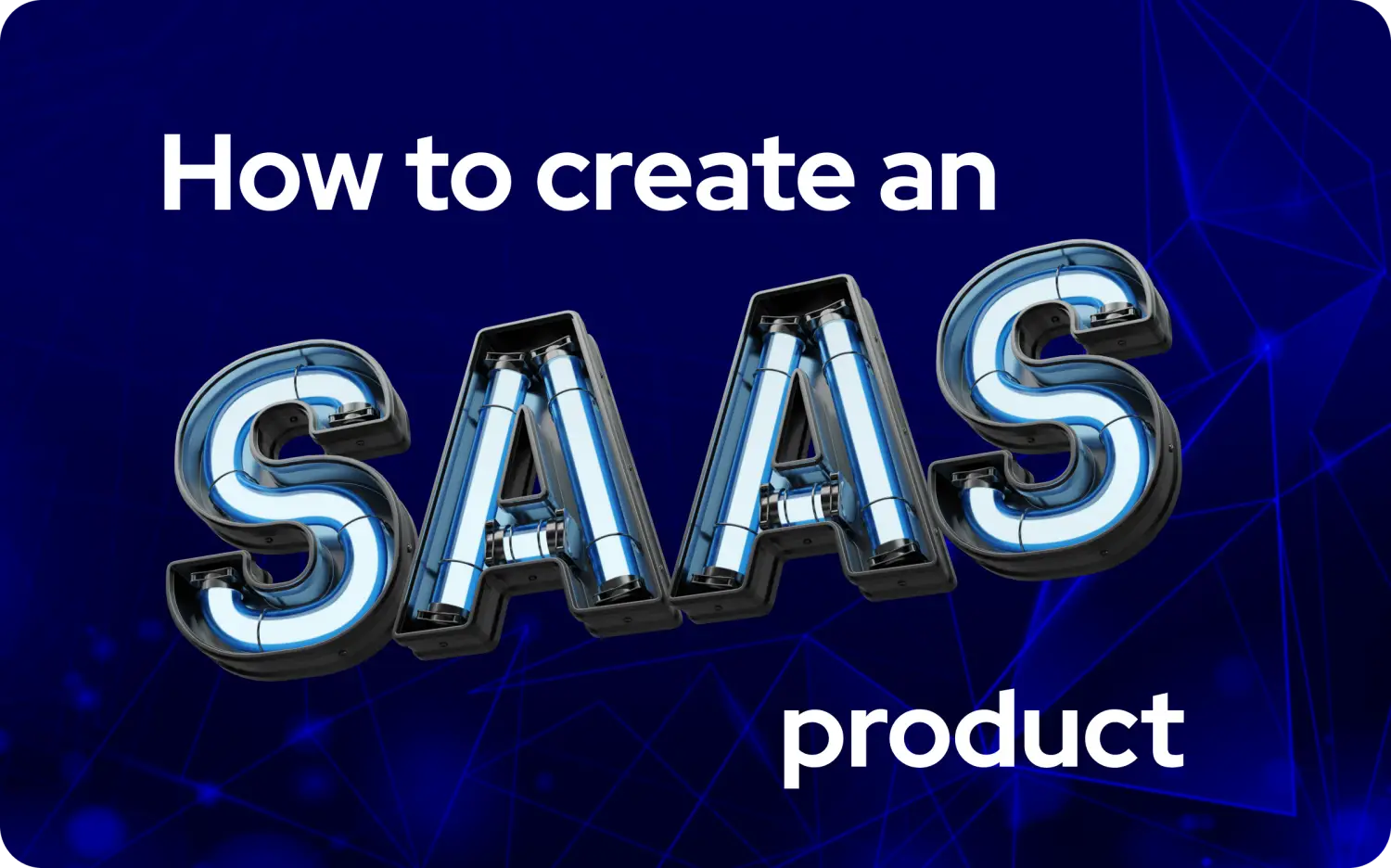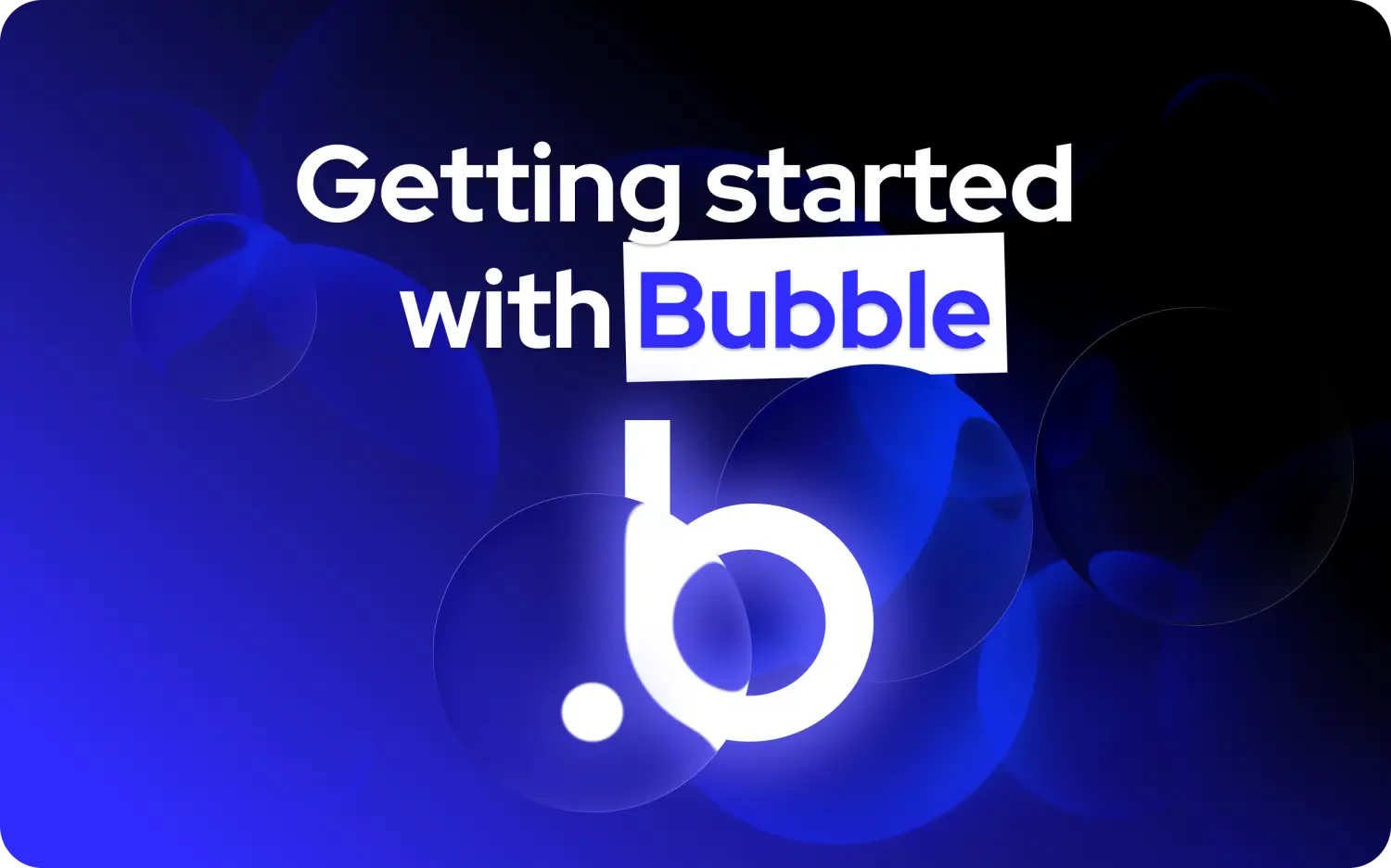
I've made every mistake in the book when it comes to building SaaS products. Six months and way too much money later, I had built what I thought was the perfect project management tool. Users signed up, logged in once, and never came back.
Turns out, I was solving a problem that didn't actually exist.
SaaS is a great business model for recurring revenue and scale. But most first-time founders get stuck before launch.
This guide shares the essential steps, and what we learned from building 40+ SaaS products at Minimum Code.
What is a SaaS product, and what it's not
Before diving into how to build a SaaS product, let's clarify exactly what we're talking about.
Core traits of SaaS products
SaaS (Software as a Service) products have several defining characteristics:
- Delivered online - Users access the software through web browsers or apps, not through downloaded installations
- Subscription-based - Customers pay recurring fees (monthly/annually) rather than one-time purchases
- User login systems - Personalized experiences requiring authentication
- Ongoing value delivery - Continuous updates, support, and functionality
Typical SaaS features
Most successful SaaS products include:
- User account management - Registration, profiles, settings
- Dashboards - Personalized interfaces showing key information
- Data synchronization - Real-time updates across devices
- Reporting and analytics - Insights based on user data
- Role-based access - Different permission levels for various users
- Subscription management - Billing, upgrades, downgrades
What SaaS is not
To avoid confusion, SaaS is different from:
- One-time purchase software - Traditional downloadable applications with perpetual licenses
- Marketplaces - Platforms connecting buyers and sellers (though these can incorporate SaaS elements)
- Agency platforms - Services where humans perform the core value (with software as support)
Understanding these distinctions helps focus your development efforts on the right model from the start.
What we've learned from 40+ SaaS builds
At Minimum Code, we've helped launch over 40 SaaS products across various industries. This experience has revealed clear patterns that separate successful products from failures.
Tom's experience: The old way vs. the new way
In my previous agency, we followed the traditional approach: months of planning, expensive development teams, and feature-packed products that often missed the mark. The result? Slow, expensive, bloated products that users didn't actually want.
At Minimum Code, we've completely changed this approach. Our 40+ successful launches have revealed a clear pattern for SaaS success.
The winners: Three key principles
The most successful SaaS products consistently follow these principles:
1. Start small, solve one clear problem
The best SaaS products begin by solving a single, well-defined problem exceptionally well. They don't try to be everything to everyone.
For example, one of our clients wanted to build an "ultimate marketing platform" with dozens of features. We convinced them to focus solely on email automation for e-commerce stores. Within six months, they had 200 paying customers because their focused solution solved a specific pain point better than the generalist alternatives.
2. Launch in weeks, not months
Time to market is crucial in SaaS. The longer you spend building before getting user feedback, the greater your risk of building the wrong thing.
We helped a healthcare scheduling startup launch their initial product in just three weeks using Bubble. They immediately got it into the hands of 15 early adopters who provided invaluable feedback. Six weeks and three iterations later, they had a product that perfectly matched their market's needs—something that would have taken 8+ months with traditional development.
3. Focus on real usage over perfect code
The most beautiful code in the world means nothing if people don't use your product. Successful founders obsess over user engagement, not technical perfection.
A fintech SaaS we worked with initially struggled with user retention despite their sophisticated technology. When we helped them implement a simple onboarding process and focused on the core workflow users actually needed, their activation rate jumped from 23% to 68%—without changing their underlying technology.
Tools matter: Why low-code helps move faster
We've found that low-code tools like Bubble significantly accelerate the SaaS development process. They enable:
- Rapid prototyping and iteration
- Visual development that non-technical founders can understand
- Built-in components for common SaaS features
- Lower development costs and faster time-to-market
While not every SaaS product can be built on low-code platforms, starting with these tools allows you to validate your concept before investing in custom development.
The SaaS development process
Building a successful SaaS product follows a clear process. Here's our proven six-step approach:
1. Define a real user problem
Everything starts with identifying a genuine problem that people or businesses are willing to pay to solve. This requires:
- Customer interviews - Talk directly to potential users about their challenges
- Market research - Understand existing solutions and their limitations
- Problem validation - Confirm people actively seek solutions for this problem
A common mistake is building based on assumptions rather than evidence. One founder spent $50,000 developing an HR management system before discovering that his target market (small businesses) didn't actually have the problem he thought they had.
Key questions to answer:
- What specific pain point does your SaaS solve?
- Who experiences this pain most acutely?
- How do they currently solve this problem?
- Why are existing solutions inadequate?
2. Map out the core workflow your SaaS will support
Once you've identified a real problem, map the specific workflow your SaaS will improve:
- User journey mapping - Document each step users take to accomplish their goal
- Critical path analysis - Identify the essential steps that deliver core value
- Friction points - Highlight areas where existing solutions cause frustration
- Value moments - Define where your solution creates meaningful improvements
This mapping exercise reveals exactly what your SaaS needs to do—and what it doesn't.
For example, a project management SaaS we helped build identified that their target users (creative agencies) spent 70% of their time on just three activities: assigning tasks, tracking time, and sharing files. By optimizing these core workflows instead of building dozens of features, they created a product that felt "designed for us" according to early users.
3. Design UX around 1-2 key features
With your core workflow identified, focus your user experience design on the 1-2 features that deliver the most value:
- Feature prioritization - Rank capabilities based on user need and differentiation
- Interface simplification - Remove everything that doesn't support core tasks
- User flow optimization - Minimize steps to complete critical actions
- Visual hierarchy - Make important actions immediately obvious
This laser focus on key features ensures users experience value immediately, increasing activation and retention.
A client building a customer support SaaS initially planned 15+ features. We helped them focus entirely on their unique approach to ticket prioritization. This singular focus made their product instantly understandable to users and differentiated from competitors. They now have over 1,000 paying customers despite having fewer total features than alternatives.
4. Choose how you'll build (in-house, Bubble, partner)
With your problem, workflow, and key features defined, you can make an informed decision about your development approach:
In-house development
Pros:
- Complete control over technology
- No platform dependencies
- Long-term flexibility
Cons:
- Higher initial costs
- Longer development timeline
- Requires technical expertise
Best for: Technical founders with development experience, complex or highly specialized SaaS products, or products requiring unique technology
No-code/low-code platforms (like Bubble)
Pros:
- Significantly faster development
- Lower initial costs
- Easier iteration based on feedback
- Less technical expertise required
Cons:
- Platform limitations and dependencies
- Potential scaling challenges
- Less control over performance optimization
Best for: Non-technical founders, MVPs, validation stages, and standard B2B or B2C SaaS applications
Development partner
Pros:
- Professional expertise
- Balanced speed and quality
- Strategic guidance
- Accountability and support
Cons:
- Higher cost than pure DIY
- Requires effective communication
- Relationship management overhead
Best for: Founders with budget but limited technical expertise, complex projects requiring expert guidance, or situations where speed to market is critical
Your choice should align with your specific circumstances, not just what sounds most impressive. Many successful SaaS products start with simpler approaches and evolve as they grow.
5. Build your first version, keep it lean
Whether you're using Bubble, hiring developers, or working with a partner, keep your initial build focused and lean:
- Minimum viable product - Build only what's needed to deliver core value
- Development sprints - Work in short cycles with regular reviews
- Progressive enhancement - Start with essential functionality, then add refinements
- Technical debt awareness - Make conscious trade-offs between speed and perfect code
The goal is a functional product that solves the core problem well enough to start generating real user feedback.
A common pattern we see: successful SaaS products launch with about 20% of their planned features but solve one problem exceptionally well. Unsuccessful products launch with 80% of planned features but don't solve any single problem completely.
6. Test with real users and iterate
Once you have a working product, get it into users' hands as quickly as possible:
- Beta testing - Invite target users to try your product before full launch
- Usage analytics - Track how people actually use your product
- Feedback mechanisms - Make it easy for users to provide input
- Rapid iteration - Implement changes based on real usage patterns
- Activation focus - Optimize the path to initial value delivery
This testing and iteration phase is where your SaaS truly takes shape, based on reality rather than assumptions.
One of our most successful clients launched a "rough" version in just four weeks. In the next three months, they released 27 updates based on user feedback. By month four, they had achieved product-market fit and started scaling their marketing. Their competitors spent those same four months still in development, without any real user insights.
Tips to avoid failure
After seeing dozens of SaaS products succeed and fail, these patterns emerge as critical mistakes to avoid:
Don't build everything at once
The temptation to pack every feature into your initial release is strong—and almost always a mistake. This approach:
- Extends development time before getting user feedback
- Increases costs before proving market demand
- Creates complex products that confuse early users
- Makes iteration more difficult and expensive
Instead, embrace the power of focus. Build the smallest possible product that solves one key problem exceptionally well. You can always add features later based on actual user demand.
Don't scale tech before you scale users
Premature optimization is the root of many SaaS failures. Founders worry about supporting millions of users before they have even 100. This leads to:
- Expensive infrastructure that sits idle
- Complex architecture that's difficult to change
- Focus on technical challenges instead of user needs
- Delayed launches while "preparing for scale"
The reality? Most SaaS products can serve their first 1,000 users on simple technology stacks. Upgrade your infrastructure when actual usage demands it, not before.
Don't ignore onboarding, support, activation
Technical founders often focus exclusively on features while neglecting the human elements that drive adoption:
- Onboarding - The process that turns signups into active users
- Support - The help users need to overcome obstacles
- Activation - Getting users to experience core value quickly
A mediocre product with excellent onboarding will outperform a technically superior product with poor onboarding every time. Invest in these "non-technical" elements from day one.
Keep cost, speed, and learning in balance
SaaS development requires balancing three critical factors:
- Cost - How much money you spend
- Speed - How quickly you can launch and iterate
- Learning - How effectively you gather user insights
When one factor dominates the others, products fail. Spending too much before learning creates expensive mistakes. Moving too fast without learning creates the wrong product. Learning without launching wastes opportunities.
The most successful SaaS products maintain this balance through rapid, iterative development cycles that prioritize user feedback at every stage.
Final thoughts
SaaS is simple in theory, hard in execution. The core principles are straightforward - solve real problems, launch quickly, learn from users, and iterate - but applying them requires discipline and focus.
Here's what we've seen consistently across our 40+ successful SaaS builds:
- Start with the problem, not the solution - Validate that people actually experience the pain you're trying to solve
- Focus ruthlessly - Do one thing exceptionally well instead of many things adequately
- Get to market fast - Launch in weeks, not months, even if your product isn't perfect
- Measure what matters - Track usage, not vanity metrics, to understand real user behavior
- Iterate based on evidence - Let user feedback, not assumptions, guide your product evolution
Your technology choices matter far less than your approach to solving real problems for real users. The best SaaS products are built through continuous learning and adaptation, not perfect initial execution.
Ready to start building your SaaS product the right way? Book a call with Tom to plan your SaaS product. With experience from 40+ successful launches, we can help you find the shortest path to a profitable SaaS business.

Ready to build your product?






.avif)


